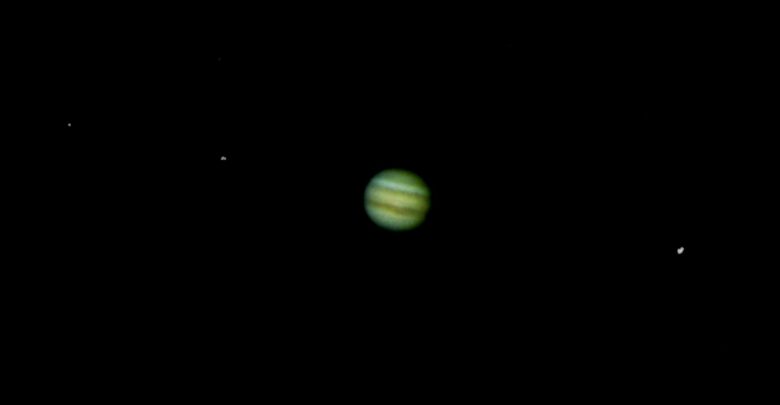 Michael75
Michael75A study by University of Alberta and Harvard University researchers used simulations to unearth new information on the forces behind weather on gas giants Saturn and Jupiter.
Moritz Heimpel, a geophysicist at the University of Alberta, conducted a study published in Science Advances alongside researchers Rakesh Yadav and Jeremy Bloxham of Harvard University. This research explored the forces behind weather on Saturn and Jupiter. Through this study, Heimpel aimed to investigate how physical weather structures of planets connect with their deep interiors.
Earth’s weather is driven by processes on a thin layer of the atmosphere, above the planet’s surface. However, Heimpel’s research set out to see if similar forces drove weather on Jupiter and Saturn.
“[Jupiter and Saturn] have different [weather] structures that form… and evolve in different ways than Earth,” Heimpel described. “We’re really interested in how [these different structures] allow us to infer what’s going on very deep in the interiors of these planets. In particular, how the [weather] structures we see in the atmosphere, such as the clouds moving, connect with the deep interiors of the planets.”
Heimpel explained the weather structures on Saturn and Jupiter include jet streams and cyclones.
“When you look at Jupiter, you see bands,” Heimpel described. “Sort of going along lines of latitude, and you also see spots. The bands are actually jet streams, similar to the ones we have on Earth. The spots are storms or vortices, similar to the hurricanes or cyclones that we see on Earth. For Saturn, there’s a lack of large and long lived anticyclones.”
“However, [these anticyclones] on Jupiter… they form and evolve in different ways than on Earth.”
These weather structures were recreated on simulations on Earth. Heimpel’s team then tested different forces in the simulations, to see how the weather structures and patterns would be affected.
“We do magnetohydrodynamics which is basically fluid dynamics and magnetic field generation,” Heimpel explained. “We do this on the computer. We were interested in how the vortices, that is the storms, are affected by the magnetic field or how they’re not affected when there isn’t a magnetic field.”
On Saturn, the weather storms are not affected by the planet’s magnetic field. The magnetic field being deeper in Saturn may explain that observation.
However, the weather storms on Jupiter are affected by magnetic fields, which is different than storms on Earth, where weather is driven by processes above the planet’s surface.
“On Jupiter, where magnetic fields are stronger and closer to the cloud level, this creates storms that are affected by magnetic fields,” Heimpel explained.
Heimpel said this study relates to the community of space exploration because of an increase in research recently on Jupiter and Saturn, due to the two space missions, the Cassini mission which ended a couple of years ago, and the Juno mission, which is currently ongoing.
“Both of those missions have given us a global view of the weather systems on both planets, as well as a global view of the magnetic field structure,” Heimpel explained. “There’s been a lot of interest in trying to understand how these storm systems and weather systems are related to magnetic field generation in both of the planets.”
When looking towards the future, Heimpel has goals to get more precise and detailed with the data collected.
“We’d like to get more specific with these [planetary] models,” Heimpel concluded. “In other words, explain specific features using deep global modelling. That’s something that is still challenging… because the resolution of the [planetary] models we have is tens of kilometres. For fluid dynamics, the scale to which we would like to go is meters.”



